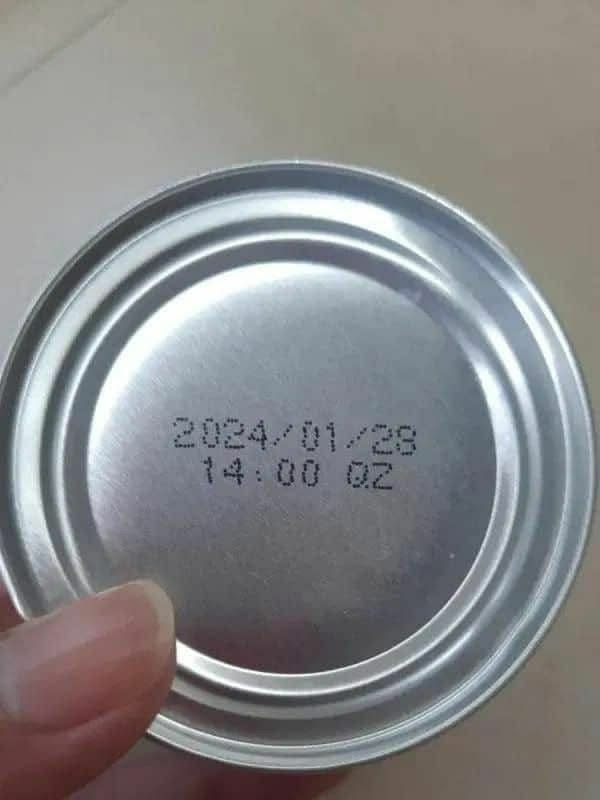
Here’s What You Need to Know About Food Expiration Dates
Navigating the world of food expiration dates can be confusing, especially when it comes to the “Best By” labels found on canned goods. Many people assume these dates mark a hard deadline for food safety, but the truth is more nuanced. These labels are primarily quality indicators, not strict expiration warnings.
This guide will help you better understand “Best By” dates and how long foods like canned corn, green beans, and tuna can remain safe and edible—sometimes years after the printed date.
Understanding “Best By” Dates
A “Best By” date isn’t the same as an expiration date. Instead, it reflects the manufacturer’s estimate of how long the food will retain its peak freshness, flavor, and texture.
For canned foods that are properly stored, this often means they are still perfectly safe to consume long after the “Best By” date has passed—though you may notice subtle changes in taste or texture over time.
The Long Shelf Life of Canned Foods
Canned corn is a pantry staple with a shelf life that can extend up to two years past its “Best By” date, provided the cans are stored in a cool, dry place and remain undamaged. While the flavor may become slightly muted, it is still safe to eat.
Canned Green Beans
Much like canned corn, green beans typically last for up to two years beyond their printed date. Expect minor changes in flavor or firmness with older cans, but they remain safe for consumption if stored properly.
Canned Tuna
Canned tuna outshines many other canned goods in terms of longevity, often staying safe to eat three to five years past its “Best By” date. As with other canned items, the flavor and texture may decline over time, but its safety is preserved if the can is intact.
A Checklist for Safe Consumption
Even with their long shelf life, it’s important to carefully inspect canned foods before eating. Here’s what to look for:
Check the can exterior. Discard any cans that are dented, rusted, bulging, or leaking. These defects can compromise safety.
Smell and inspect after opening. If the food has an unusual odor, color, or texture, it’s safest to throw it away.
When in doubt, toss it out. It’s better to lose one can than risk foodborne illness.
Essential Storage Tips
Proper storage is key to extending the life of canned foods:
Store in a cool, dark, dry place away from direct sunlight and extreme temperatures.
Keep cans upright to help maintain seal integrity.
Use a first in, first out rotation system—place newer cans in the back and older ones up front.
Handle cans gently to avoid dents or damage that could shorten their shelf life.
Once opened, transfer any leftovers into a clean, airtight container and refrigerate immediately. Never store food in the open can.
Final Thoughts
Food expiration dates, especially on canned goods, are more about quality than safety. With proper storage and careful inspection, items like corn, beans, and tuna can remain safe for years beyond their printed dates.
By understanding how these labels work, you can confidently enjoy your pantry staples, reduce food waste, and save money—all while keeping your meals safe and satisfying.